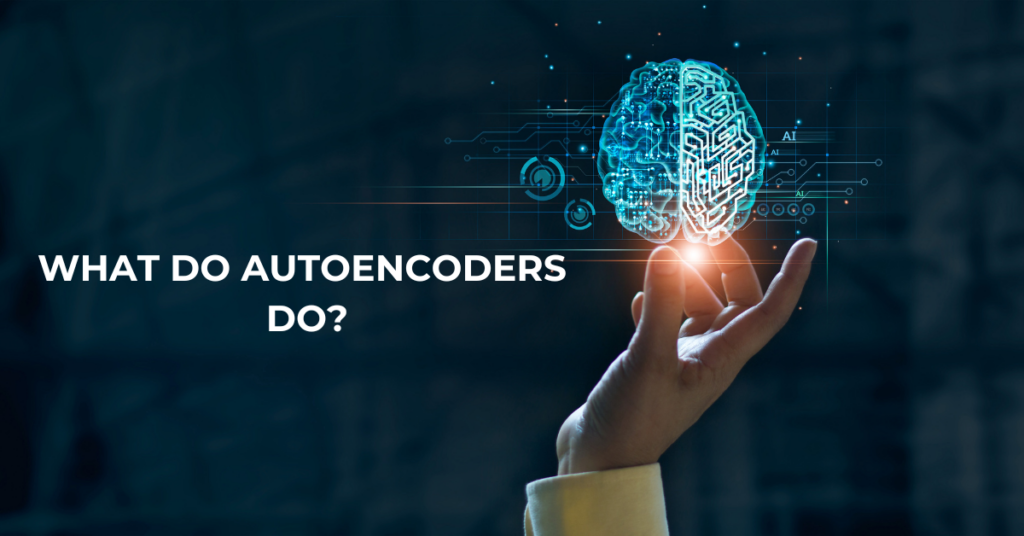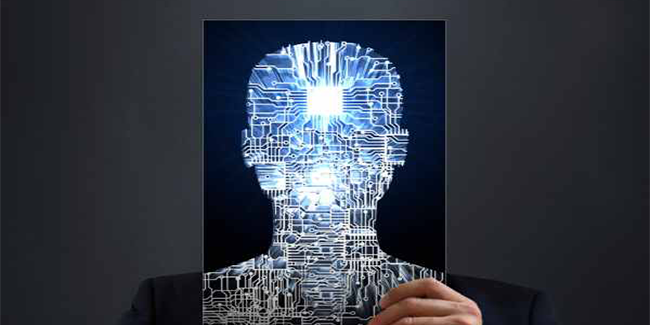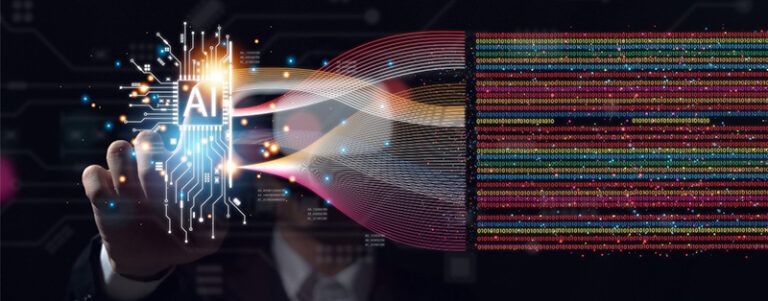Understanding the Inner Workings of Autoencoders in Deep Learning

- What is the Purpose of Using Autoencoders in Deep Learning?
- How do Autoencoders Work and What are Their Components?
- What are the Different Types of Autoencoders That are Used in Deep Learning?
- How are Autoencoders Used for Dimensionality Reduction in Data?
- Can Autoencoders be Employed in Image Compression Techniques?
- What is the Role of Autoencoders in Anomaly Detection?
- Are There Any Limitations or Challenges Associated With Autoencoders in Deep Learning?
Autoencoders in deep learning, as a concept, have continually piqued the interest of researchers and practitioners alike. So what is autoencoder exactly? To put it briefly, these neural networks are adept at encoding input data into a compressed form and then decoding it back to its original form or as close to it as possible. Furthermore, the utility of autoencoders in deep learning extends beyond mere data compression. For instance, they play a crucial role in anomaly detection, where they help identify outliers in data. Additionally, when it comes to understanding the intricacies of neural network architectures, autoencoders also provide a window into the complex processes of learning efficient data representations. If you’re wondering more about it and have questions about it, such as is autoencoder a CNN, what are autoencoders used for, among others, you’ve come to the right place to find out!
What is the Purpose of Using Autoencoders in Deep Learning?
The primary purpose of autoencoders in deep learning is to learn efficient data encodings automatically. So what are autoencoders used for? Essentially, these models excel in identifying the underlying patterns in data, thus facilitating data compression and noise reduction. Moreover, autoencoder for anomaly detection is widely used in deep learning, where it efficiently pinpoints deviations from standard data patterns.
How do Autoencoders Work and What are Their Components?

Autoencoders in deep learning comprise two main components: the encoder and the decoder. While learning what is autoencoder, therefore, it is imperative to learn about its components.
Firstly, the encoder reduces the data to a lower-dimensional space called the latent space. Then, the decoder attempts to reconstruct the input data from this compressed form. The efficiency of this process is what makes autoencoders in deep learning invaluable for tasks such as dimensionality reduction and feature learning. Here are the five primary components of autoencoders in deep learning:
1. Encoder
Initially, the encoder takes the input data. It compresses it into a more miniature, more dense representation, which captures the essence of the data.
2. Decoder
The decoder takes this compressed data representation and reconstructs the original input data as closely as possible. This process highlights the ability of autoencoders in deep learning to learn efficient data encodings.
3. Loss Function
The loss function plays a critical role in training autoencoders in deep learning. It measures the difference between the original input and the reconstructed output, thus guiding the network to minimize this discrepancy.
4. Latent Space
The latent space represents the compressed knowledge the autoencoder in deep learning has learned about the data. This aspect is crucial for understanding the data’s underlying structure.
5. Backpropagation
Lastly, the autoencoder in deep learning uses backpropagation to adjust its weights, ensuring efficient encoding and decoding of the data.
ALSO READ: A Detailed Guide on the Meaning, Importance, and Future of Neural Networks
What are the Different Types of Autoencoders That are Used in Deep Learning?
Autoencoders in deep learning come in various forms, each tailored for specific applications and challenges, and include the following:
1. Denoising Autoencoders
Denoising autoencoders in deep learning are adept at cleaning noisy data, thus enhancing the quality of data representation.
2. Sparse Autoencoders
These enforce a sparsity constraint on the latent representation, encouraging the model to learn more meaningful and compact data encodings.
3. Contractive Autoencoders
Lastly, contractive autoencoders in deep learning focus on creating stable representations that are less affected by small changes in input data, furthering their utility in robust feature extraction.
How are Autoencoders Used for Dimensionality Reduction in Data?

Autoencoders in deep learning excel in reducing the dimensionality of data. They encode data into a lower-dimensional space, which makes it easier to visualize and process large data sets. This is a key advantage because large data sets increase the complexities of visualizing and analyzing data. Autoencoders, thus, are able to capture such complex patterns and even reveal any hidden structures within large data. Furthermore, this capability is invaluable in fields such as bioinformatics and image processing, where managing high-dimensional data is a common challenge.
Can Autoencoders be Employed in Image Compression Techniques?
The short answer is in the affirmative. Autoencoders in deep learning can effectively compress images. By learning to discard irrelevant information, they can significantly reduce the size of image files without substantially compromising quality. Moreover, this application is particularly relevant in the era of big data, where efficient storage and transmission of images are crucial.
ALSO READ: Deep Learning vs. Machine Learning: The Ultimate Guide
What is the Role of Autoencoders in Anomaly Detection?
The question of what are autoencoders used for has several answers, but essentially, autoencoders in deep learning are particularly effective for anomaly detection. Here’s how:
- They learn to reconstruct standard data accurately
- When presented with anomalous data, the reconstruction error is significantly higher, thus signaling the presence of an anomaly
- This characteristic makes autoencoders invaluable in sectors like cybersecurity and manufacturing, where identifying outliers can prevent potential threats and faults
Are There Any Limitations or Challenges Associated With Autoencoders in Deep Learning?
Autoencoders, despite their wide range of applications in deep learning, face several limitations and challenges that can impact their performance and efficiency. Below, we delve into eight specific challenges associated with autoencoders:
1. Choosing the Right Architecture
Determining the optimal architecture for an autoencoder is crucial yet challenging. The architecture needs to be complex enough to capture the essential features of the data but not so complex that it leads to overfitting.
2. Hyperparameter Tuning
Tuning the hyperparameters, such as the number of layers, the number of neurons in each layer, and the learning rate, is a delicate process that requires expertise and experimentation.
3. Narrow Bottleneck Layer
If the bottleneck layer is too narrow, there is a risk that the autoencoder will lose crucial information, resulting in poor reconstruction of the input data.
4. Overfitting
Autoencoders can easily overfit, especially when dealing with very high-dimensional data or when the network architecture is too complex relative to the amount of training data available.
5. Computational Intensity
Training autoencoders, particularly deep ones, can be computationally intensive and time-consuming, necessitating substantial computational resources for large data sets.
6. Difficulty in Capturing Data Variability
Autoencoders may struggle to capture the variability in highly complex data, especially if the data contains a lot of noise or irrelevant features.
7. Sensitivity to Input Data Quality
The quality of the input data can significantly impact the performance of autoencoders. Noise, outliers, or missing values can adversely affect the learning process and the quality of the generated representations.
8. Generalization to New Data
Lastly, autoencoders may not always generalize well to new, unseen data. This limitation is a challenge in applications where the model must perform well on data that is significantly different from the training set.
ALSO READ: 10 Deep Learning Interview Questions to Get You That Big Role
Despite the shortcomings mentioned above, autoencoders in deep learning are versatile and powerful tools that have found applications across various domains. Whether for dimensionality reduction, image compression, or autoencoder for anomaly detection, they offer a unique blend of efficiency and flexibility. Hence, to know the subject more and find answers to questions like is autoencoder a CNN, among several others, exploring autoencoders at a deeper level is crucial. In fact, it is an excellent starting point to dive deeper into the world of AI and machine learning. Thus, we encourage you to consider Emeritus’ artificial intelligence courses and machine learning courses to further your understanding and skills in this fascinating field.
Write to us at content@emeritus.org






















































